Mercedes-Benz has introduced plug-in hybrid variants for the W177 A-Class Hatchback, V177 A-Class Sedan and W247 B-Class, all of which are parked under the brand’s EQ Power label. For A-Class models, the PHEV variant is designated “A 250 e,” while it is “B 250 e” for the B-Class.
The PHEV powertrain used is identical for all three models, and consists of a M282 1.33 litre turbocharged four-cylinder petrol engine that makes 160 PS (158 hp) at 5,500 rpm and 250 Nm of torque at 1,620 rpm.
The engine works with a 75 kW (100 hp or 102 PS)/300 Nm electric motor that is integrated in an eight-speed 8G-DCT dual-clutch transmission, resulting in a total system output of 218 PS (215 hp) and 450 Nm.
The electric motor draws power from a 15.6 kWh, 150 kg, water-cooled lithium-ion battery located underneath the rear seats, which causes only a minimal reduction in boot capacity compared to non-PHEV variants, although it isn’t revealed by how much. The battery can be charged via a Type 2 connection and an AC charger, with Mercedes-Benz claiming it takes one hour and 45 minutes to charge the battery from 10-100% state of charge (SoC) using a 7.4 kW wallbox.
There’s also DC charging available via a CCS Combo 2 connection (under a plastic cover), where the battery can be charged from 10-80% SoC in around 25 minutes. Unfortunately, the German carmaker did not disclose the maximum supported DC power rating used to achieve this.
In terms of performance, all models have a maximum top speed of 140 km/h when running on electricity only. In EV mode, the range varies between 70-77 km following NEDC regulations, or between 56-69 km following the WLTP.
Looking at each model individually, the A 250 e Hatchback accelerates from a rest to 100 km/h in 6.6 seconds, and has a top speed of 235 km/h. Meanwhile, the A 250 e in sedan guise takes one tenth of a second slower to complete the century sprint (6.7 seconds), but has a higher top speed of 240 km/h. The B 250 e needs 6.8 seconds to get from zero to 100 km/h, and maxes out at 235 km/h.
As for efficiency (according to NEDC standards), the models have a combined fuel consumption of between 1.4-1.6 litres per 100 kilometres, electrical consumption of between 14.7-15.4 kWh per 100 kilometres, while CO2 emissions hover around 32-26 grammes per kilometre.
With the PHEV powertrain, the EQ Power compact models gain Electric and Battery Level drive modes for the system. The former is for electric-only driving, but the combustion engine can be called into action if the driver uses kickdown on the accelerator pedal.
In Electric mode, the energy recuperation strength can also be selected via paddles behind the steering wheel, with five different levels to choose from (D Auto, D+, D, D- and D–). The other drive modes include Comfort, Eco and Sport, and customers will also have a pre-entry climate control function accessible via a smartphone.
The Mercedes-Benz User Experience (MBUX) system can help locate nearby charging stations if needed, and with Mercedes me Charge, owners have access to a charging network with over 300 different operators in Europe alone.
Prices for the EQ Power compact models in Germany start from 36,943 euros (RM171,268) for the A 250 e Hatchback, while the A 250 e Sedan is from 37,300 euros (RM172,923) and the B 250 e from 37,663 euros (RM174,606).
Looking to sell your car? Sell it with Carro.

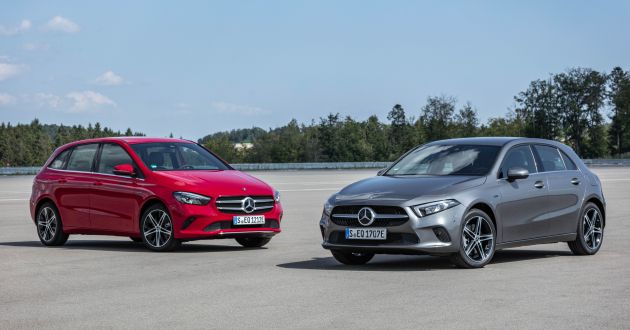
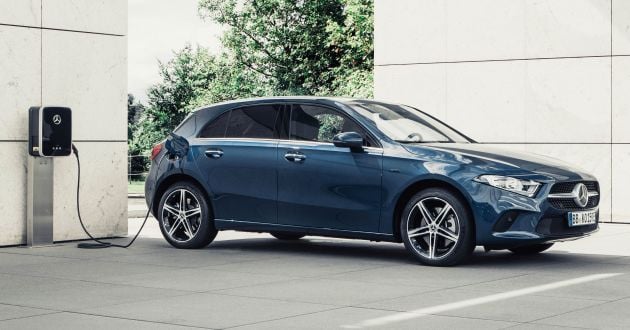


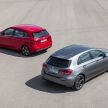
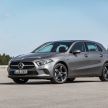
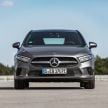
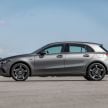
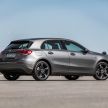
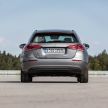


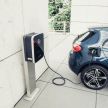
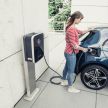

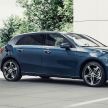



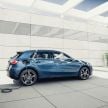
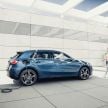
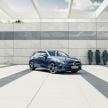

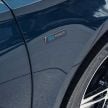
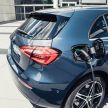



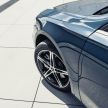
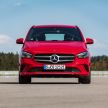
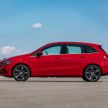
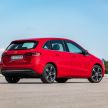
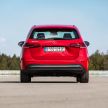


















































This does not excite me because I am patriotic. What I am looking for is Proton Iriz EV
The Iriz EV was showcased 6 years ago to the rakyat. Proton also asked billion in grant in 2013 to further research and make the Iriz EV a better car before it launch.
We rakyat still waiting for our National EV
“Proton is expected to introduce its first EV by end of 2016 or in early 2017, as it usually takes about a year to test the prototype before the car enters the production phase,” he told reporters at the 2014 Automechanika Kuala Lumpur yesterday.
2019 already, where is game changing Iriz EV?
Copy paste: “there’s no more incentives for EEVs unless the government makes a U turn on its policies then we will start seeing those on the road”
Waiting for market to be ready before entering production. So?
Nah not coming here at all since there’s no more incentives for EEVs unless the government makes a U turn on its policies then we will start seeing those on the road again. But looking at the minus in performance gains it does look like there is quite a significant drop…possibly from the tiny engine which does not help at all.
if you were truly intelligent,you would give the 0 to 60 speed ratings in MPH.. so as attract a wider reading audience ..
how is it possible that such a tiny engine can achieve 235 kmph top speed? at higher speeds the electric motor doesn’t contribute to propulsion and the car relies solely on the ice. for comparison the f30 330e with 2 liter engine also tops out at around 230 kmph
For EVs,the most important question is still the COST of the battery.